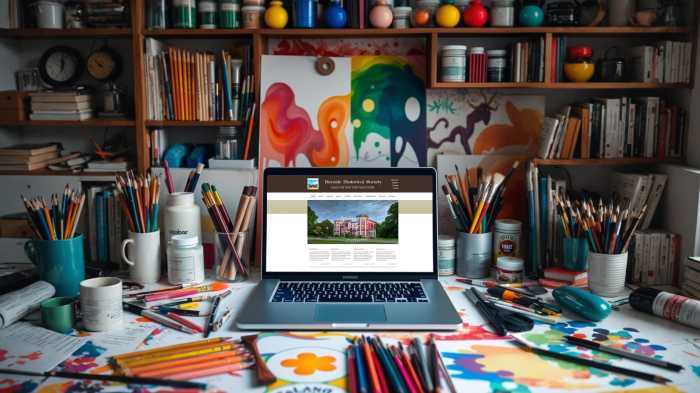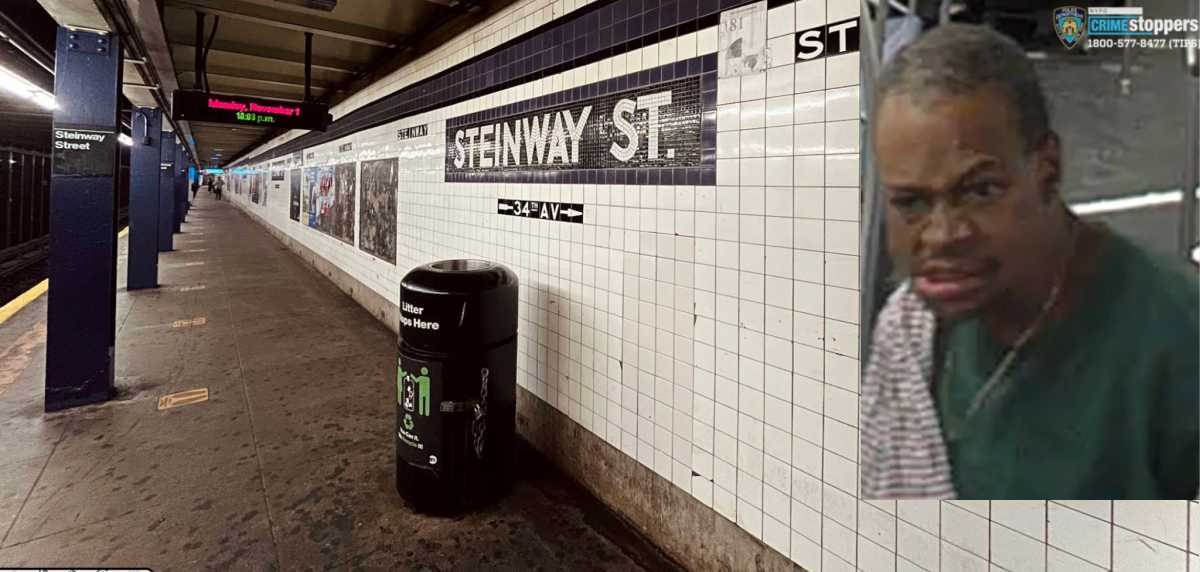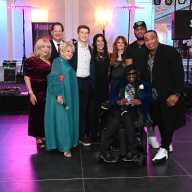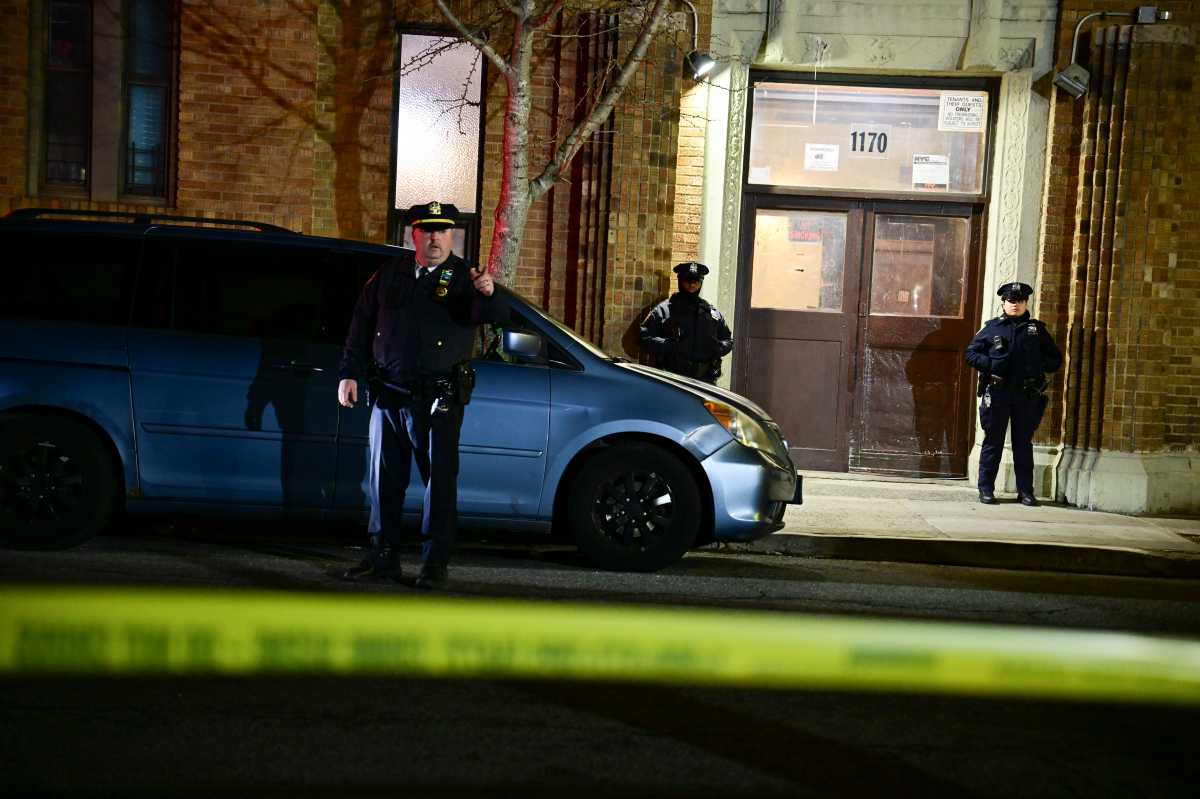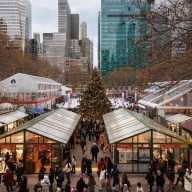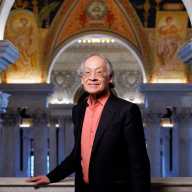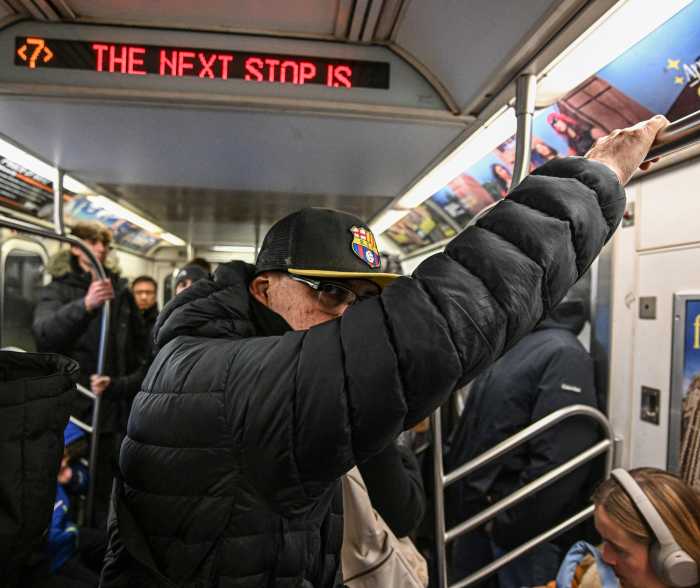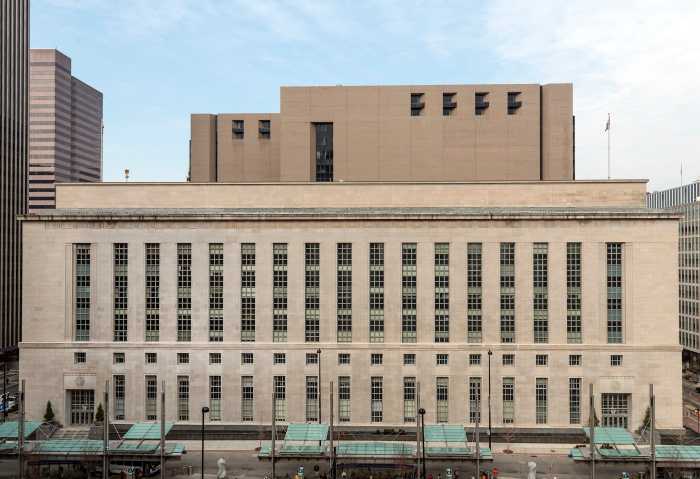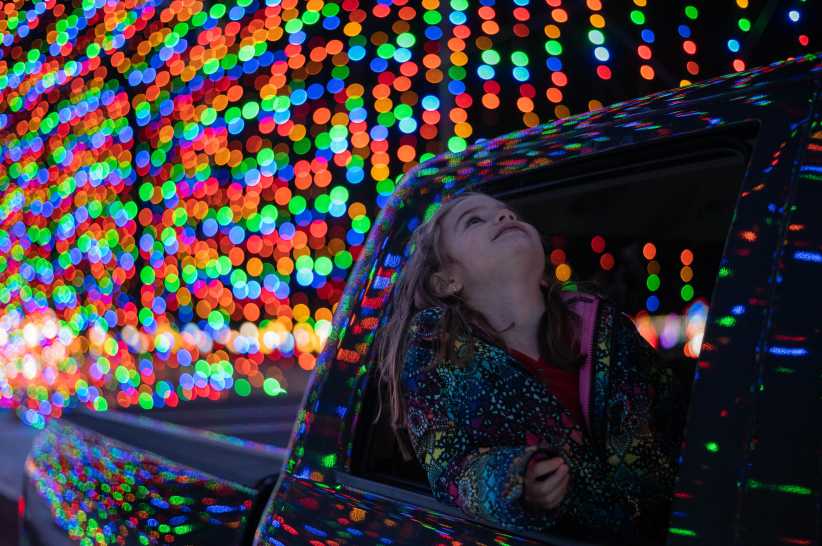An annual celebration of urban life and culture is returning to New York City.
The Municipal Art Society of New York (MAS) has announced its full list of walks for Jane’s Walk NYC 2025, held from Friday, May 2, to Sunday, May 4.
Over 200 free walks are offered over the three-day period, including scenic routes through historic neighborhoods such as Ridgewood, Harlem, and beyond. Events include guided in-person walks, self-guided tours, and virtual walks.
Jane’s Walk is an international celebration of collective neighborhood storytelling. New York’s Jane’s Walk celebrates the culture, history, and charm of various communities throughout New York City. The walks have varying themed experiences and appeal to people with all interests, from environmental preservation to cats and even places to nurse a heartbreak.
Some of this year’s themed walks include “Forgotten History of Chinese in New York,” “Muslim Histories of Harlem,” and “The New York Pigeon: Love Them or Love Them.”
Participants in the world’s borough also have a variety of walks to choose from, such as the “Queen Anne Architecture in Richmond Hill” and “The Lizards of Liberty Park.” The Richmond Hill walk invites participants to enjoy the stained glass and ornate details of homes in the Queens neighborhood. Meanwhile, reptile lovers can head to Liberty Park to participate in the in-person, guided tour to view the Italian Wall Lizards that inhabit the Southeast Queens greenspace.
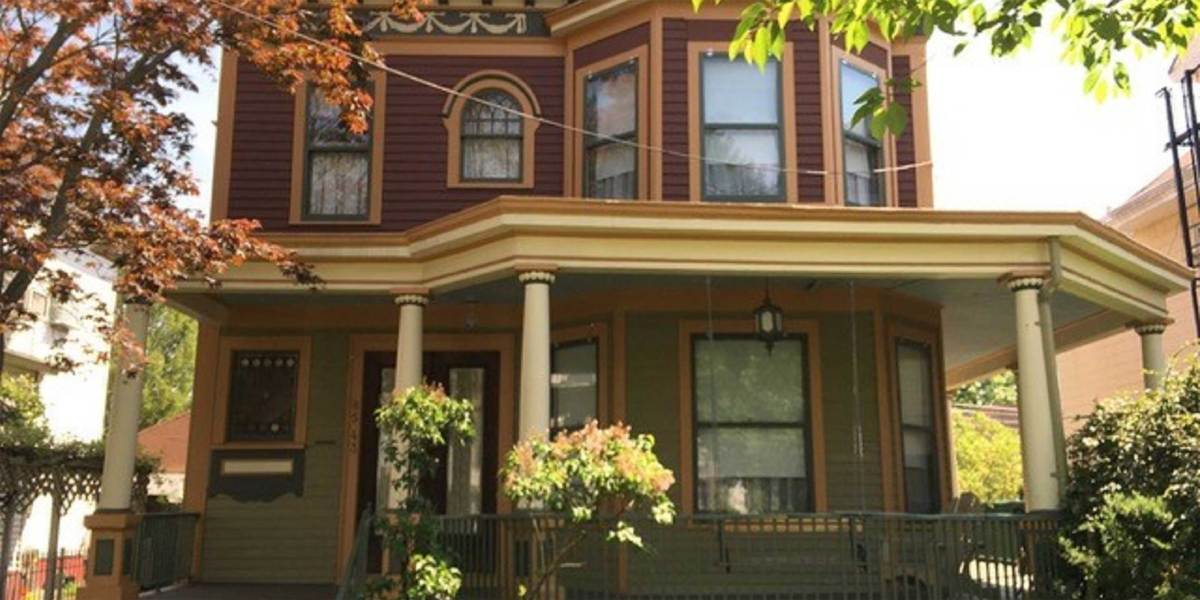
Keri Butler, interim president of the Municipal Art Society of New York, explained how Jane’s Walk provides a space for tour guides to share their interests in virtually any engaging content related to New York City neighborhoods. “We do have expert historians who give tours. We have people who want to talk about the architecture of their neighborhoods, the art, or maybe even the quirky things that make their neighborhoods cool like the bakeries or hidden waterways,” Butler said.
Butler added that Jane’s Walks provides a platform for guides to share current events in their neighborhoods and bring attention to local causes they are passionate about. “ For example, we have a couple of tours at the waterfront in Long Island City where there is a rezoning in the process,” Butler explained. “So the city is looking to change and develop in that area. Community members can utilize the Jane’s Walk as a way to spread the word about concerns they might have or hopes they might have for the future of their neighborhood as it goes through this process.”
Butler encourages anyone who wants a fresh perspective of the city’s neighborhoods to take a tour during the weekend-long event. “ It’s a way for, you know, everyday New Yorkers to share the quirky and the mundane, both the vernacular and the historic,” she said.
Butler added that the experience is also an opportunity to engage with one another in person and take a pause from technology.“ I feel like with all of these forces in our society, the opportunity to engage with people in person to convene with your neighbors…is so important,” she said.
Jane’s Walk was founded to celebrate the life and legacy of urban activist Jane Jacobs. Jacobs was a New Yorker who advocated for livable cities and equitable city planning.
In 2011, MAS started a handful of walks, which has grown into a weekend of collective neighborhood storytelling with hundreds of walks across the five boroughs. The grassroots movement has a worldwide reach, taking place in more than 200 cities, with Jane’s Walk NYC, presented by the Municipal Art Society of New York, as the largest of these festivals.
Founded in 1893, MAS is an organization focused on how municipal arts can improve the built environment. Municipal arts encompass the fields of architecture, landscape architecture, planning, preservation, and public art.
MAS staff undertake citywide research and advocacy on issues related to the built environment of the city and how policies and processes can shape cities and communities, including rezoning, development, and preservation.
For capacity reasons, RSVPs are required for in-person walks guided by volunteers. To register, visit mas.org/janes-walk-nyc-2025






